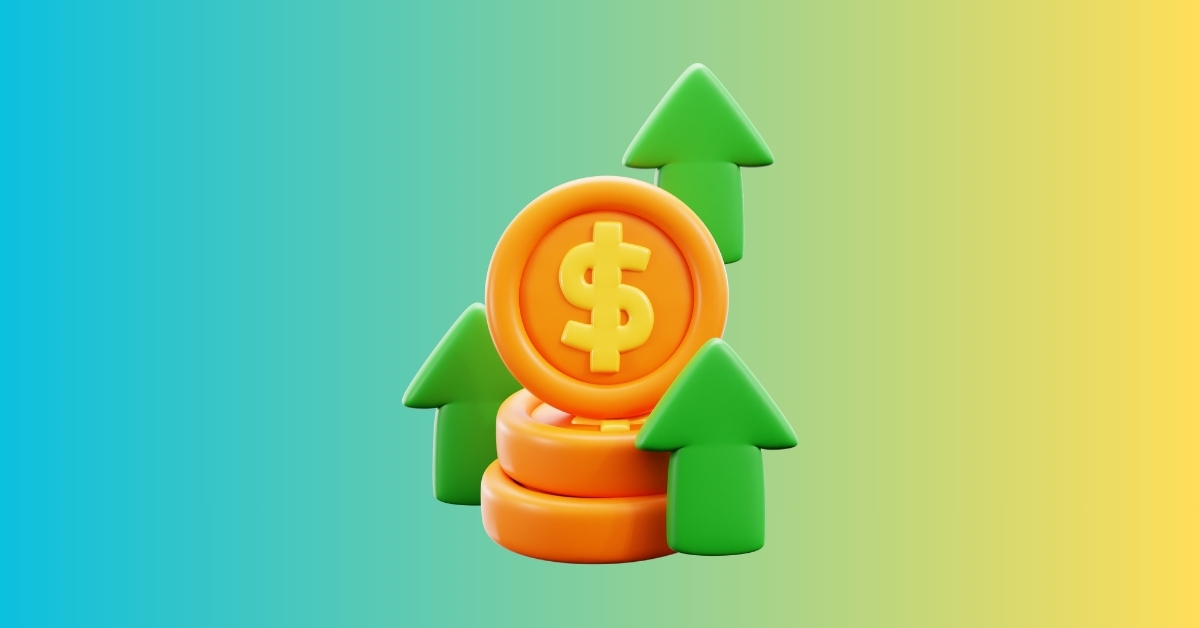Introduction
Derivatives, financial instruments derived from underlying assets, enable investors to hedge risk, speculate on future price movements, and optimize capital allocation in global financial markets.
What Are Derivatives?
Derivatives are contracts between parties with prices derived from underlying assets, providing risk management and protection against price movements in an asset. They are often used for speculative purposes.
Types of Derivatives
1. Futures
A futures contract is a standardized agreement to buy or sell the underlying asset at a predetermined price at a specified time in the future. These are traded on exchanges and are legally binding.
2. Options
Options give the buyer the right, but not the obligation, to buy (call option) or sell (put option) the underlying asset at a predetermined price before a certain date. Options can be used for hedging, managing, or taking on risk.
3. Swaps
Swaps involve exchanging one set of cash flows for another. For example, interest rate swaps exchange a fixed interest rate for a floating one. Unlike futures and options, swaps are usually traded over-the-counter (OTC), not on exchanges.
4. Forwards
Similar to futures, forwards are contracts to buy or sell an asset on a future date for a price agreed upon today. However, unlike futures, forward contracts are not standardized or traded on an exchange; they are private agreements and thus carry more counterparty risk.
Market Impact of Derivatives
Risk Management
One of the primary benefits of derivatives is their ability to manage risk. For instance, a farmer can use futures contracts to lock in a price for his crop ahead of the harvest. By doing so, he eliminates the risk that the price will drop before he sells his produce. Similarly, an investor holding stocks can use options to protect against a potential decline in stock prices.
Price Discovery
Derivatives markets contribute to the price discovery process, which is the determination of the fair price of an asset. By reflecting anticipations about the future prices of assets, derivatives help align prices to reflect all available information.
Market Efficiency
By facilitating the transfer of risk and aiding in price discovery, derivatives can lead to more efficient markets. They allow for the fuller use of financial resources and contribute to the more accurate pricing of assets, reducing the cost of capital and increasing economic growth.
Leverage
Derivatives often require a relatively small investment, called a margin, which can lead to high leverage. This means that small changes in the price of the underlying asset can result in large changes in the value of the derivative. While leverage can magnify gains, it can also magnify losses, potentially leading to significant financial risk.
Market Stability
While derivatives can mitigate risk, under certain conditions, they can also contribute to financial instability. For example, excessive speculation, especially when fueled by high leverage, can lead to bubbles and subsequent crashes in financial markets.
Conclusion
Derivatives are crucial financial instruments for risk management, price discovery, and return enhancement. However, their leverage can exacerbate market volatility. Understanding their functions is essential for investors and market participants.
#Finance #Derivatives #FinancialMarkets #RiskManagement #Investing #EconomicImpact
Categories



